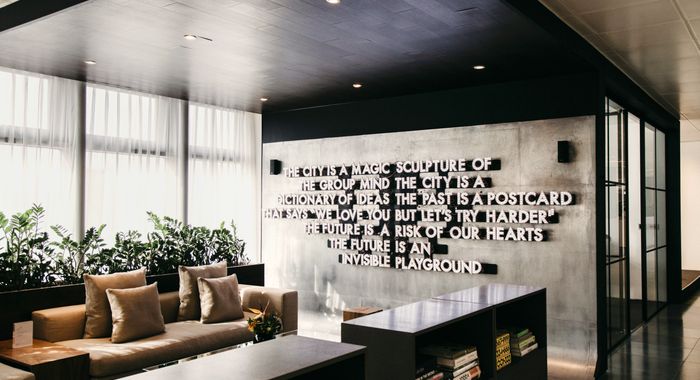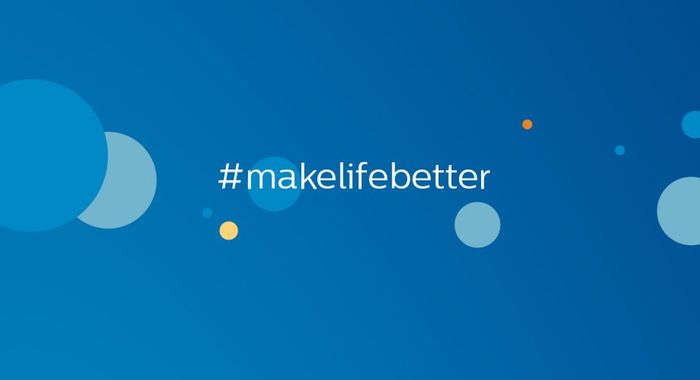Philips launched the Smart Shaver, the world’s first Bluetooth connected shaver, in September 2015 at IFA in Berlin. Weeks after the product hit the market, analytics of the shaver’s connected app showed a huge drop-off during the on-boarding process. The flow guided the user through a set of questions to set up their own personalized shaving plan, but users felt a lack of context made the flow redundant, confusing and boring. Philips, who designed and developed the app in-house, asked us to rethink the on-boarding experience.
Optimizing the on-boarding flow
After carefully analyzing all user testing feedback, I collaborated with UX and design to rethink the on-boarding process. The main challenge was the demand for more user input to provide them with more context and an even more tailored shaving plan, while keeping the flow short and concise. Whereas previously all questions were listed on a long scrolling page, we separated them out per screen, so it felt less overwhelming and demanding to the user. In addition, we rethought the UI of how users would answer each question. Instead of ticking an ordinary box for every question, we mixed up the answers with custom-designed icons and different interactions like tapping and swiping. Though this resulted in a longer on-boarding process, testing showed that users stayed engaged during the whole flow which they deemed playful and effortless.
From hand razor to smart shaver
Our second task was to boost confidence for shavers who traditionally used a hand razor. We identified the three main pain points and created 10-second video tutorials to ensure a smooth transfer to an electronic razor.



